Hilo Down Payment Assistance Program
Unlock Your First Home with the Hilo Down Payment Assistance Program: 2024 Guide
Dreaming of buying a house in East Hawaiʻi but worried about the initial cash outlay? The Hilo Down Payment Assistance Program could be your golden ticket. Offered by Hawaiʻi County, the initiative supplies up to $20,000 toward a down payment, turning renters into owners without draining savings. Below, you’ll find a complete roadmap—eligibility rules, application tips, repayment terms, and insider advice—so you can move from browsing Zillow listings to holding your own set of keys.
Why Down-Payment Help Matters in Hilo’s Hot Market
Hilo’s charm is undeniable: lush rainforests, a thriving farmer’s market, and an oceanfront vibe that delivers epic sunrises. All that allure, however, has pushed the median single-family home price above $465,000, according to the county’s 2023 Housing Affordability Snapshot. If you follow the rule of thumb—20 % down—you’d need roughly $93,000 in cash. That figure dwarfs Hawaiʻi County’s average household savings, which a local credit union study pegged at just $18,400. The gap is a chasm.
Enter the Hilo Down Payment Assistance Program (Hilo DPAP). By fronting up to $20,000, the plan can slash the required buyer contribution by more than half, speeding up your timeline from “someday” to “this year.” Think of it as a sturdy outrigger canoe that carries you across the financial channel separating rent from ownership.
How Does the Hilo Down Payment Assistance Program Work?
Residents often ask, “Is this free money?” The answer: yes—under certain conditions. Funds arrive as a 0 %-interest, deferred-payment loan. As long as you occupy the home as your primary residence for the required term (currently 10 years), no monthly payments are due. Sell, refinance with cash-out, or move out earlier and a prorated balance must be repaid. Stay put, and the debt is forgiven when the clock runs out.
- Maximum benefit: $20,000 per household
- Loan type: Forgivable after 10 years of owner-occupancy
- Use of funds: Down payment and—if any remains—buyer’s closing costs
- Property cap: Cannot exceed 95 % of Hilo’s median price for the home type
A lesser-known perk: the county records the loan in second position. Lenders like this setup because it keeps their primary lien intact, which means competitive rates for you.
Who Is Eligible for the Hilo Down Payment Assistance Program?
Income & Asset Limits
Eligibility hinges on household income at or below 120 % of Hilo’s Area Median Income (AMI). For 2024, that’s roughly $86,400 for a couple and $108,000 for a four-person household. Liquid assets after closing must not exceed $50,000—retirement accounts are mostly excluded from the tally.
First-Time Buyer Definition
You qualify as a first-time buyer if you have not owned a principal residence within the past three years. Were you stationed on Oʻahu in the military, sold your condo last year, and now rent in Hilo? You’re back to “first-time” status under program rules.
Additional Requirements
- Minimum credit score: 640 (lender overlay; county has no hard floor)
- Completion of a HUD-approved homebuyer education class
- Purchase must be inside Hilo CDP boundaries
- One-unit property only; no duplexes or vacation rentals
Pro tip: The county accepts offers on leasehold parcels if the remaining term is 40+ years, a nuance that opens up additional inventory otherwise skipped by FHA loans.
Step-by-Step: How to Apply for the Hilo Down Payment Assistance Program
- Secure lender pre-approval. Choose a mortgage lender experienced with layered financing.
- Attend the homebuyer class. Local nonprofit HOPE Services offers a one-day boot camp every second Saturday.
- Gather paperwork. Pay stubs, W-2s, two months of bank statements, and your class completion certificate.
- Submit the county application. Forms are downloadable at HawaiiCounty.gov. The housing office stamps them “received” and enters you into the funding queue.
- Shop for a home. You have 90 days to enter contract. Extensions require a written request.
- County review & closing. Once in escrow, the county underwrites your file in parallel with the lender. Expect a joint signing day for both loan notes.
County coffers refresh each July 1 (start of the fiscal year). Historically, funds run dry by late spring, so speed can be crucial. One savvy tactic is to pre-apply in June; your file will be first in line when the new budget activates.
Do I Have to Repay the Assistance?
A frequent worry is the specter of a balloon payment. Yet for most buyers, it never materializes. Live in the property for the full 10-year period and the lien vanishes like morning mist over Mauna Kea—no repayment, no interest, no strings. If circumstances force an earlier exit, you’ll return only the prorated, unvested portion. For example, moving after five years means repaying roughly 50 % of the original loan.
This structure encourages long-term community roots, aligning with Hawaiʻi County’s stated goal of “stable neighborhoods and generational wealth.” In practice, fewer than 12 % of borrowers repay anything, county audit notes reveal.
Can I Layer the Program with Other Grants or Loans?
Absolutely. Permitted combos include:
- FHA, VA, or USDA first mortgages
- State of Hawaiʻi’s Mortgage Credit Certificate (MCC)
- Employer-based aid such as Queen’s Health Systems’ $10k nurse grant
Just remember: the sum of all assistance can’t exceed total cash-to-close. In other words, no “cash back to buyer” at the settlement table.
A Real-World Snapshot: Kaleo & Mia’s Purchase on Kīlauea Avenue
Kaleo (a substitute teacher) and Mia (a graphic designer) earned $78,000 combined—comfortable but not high enough to stash away 20 % down while paying $1,900 in rent. With the Hilo Down Payment Assistance Program and a 3.5 % FHA loan, they closed on a $410,000 three-bedroom with just $11,700 out-of-pocket. Five years later, they’ve built $62,000 in equity and converted the smallest bedroom into a design studio that triples Mia’s freelance income. Their story shows how one local policy can ignite a ripple of economic growth.
Common Misconceptions Busted
- “Only low-income families qualify.” Not true. Limits go up to 120 % of AMI—solidly middle class.
- “The process is too bureaucratic.” The county simplified forms in 2023; most applicants finish in under 90 minutes.
- “The lien hurts resale value.” Because the loan is subordinate and forgivable, appraisers usually ignore it, so market value stays intact.
FAQ: Quick Answers to Other Popular Questions
What credit score do I need?
Most lenders prefer 640+, but the county defers to your first-mortgage underwriting.
Can self-employed buyers qualify?
Yes. Submit two years of tax returns; the county uses averaged net income.
When is funding disbursed?
At escrow closing, wired directly to the title company—never to the buyer.
Is there a waiting list?
If annual funds are exhausted, you’re placed in “pending” status and called when money replenishes, usually in July.
May I rent out a spare bedroom?
Owner-occupancy is key, but long-term room rentals are fine. No short-term vacation rentals under 30 days.
Your Next Move
The path to ownership in Hilo doesn’t have to wind through endless lava fields of paperwork and savings goals. The Hilo Down Payment Assistance Program smooths the journey, offering genuine, measurable help. If you’re ready to compare mortgage options, calculate your buying power, or simply have a cup of Kona coffee and talk story about neighborhoods, our team is here to paddle alongside you.
Click below to schedule a free, no-pressure strategy call. Together we’ll draft your personalized game plan so that the next sunrise you watch in Hilo beams through windows you own.
Explore More Blog Posts
Checkout more similar posts those will help you to choose better property.

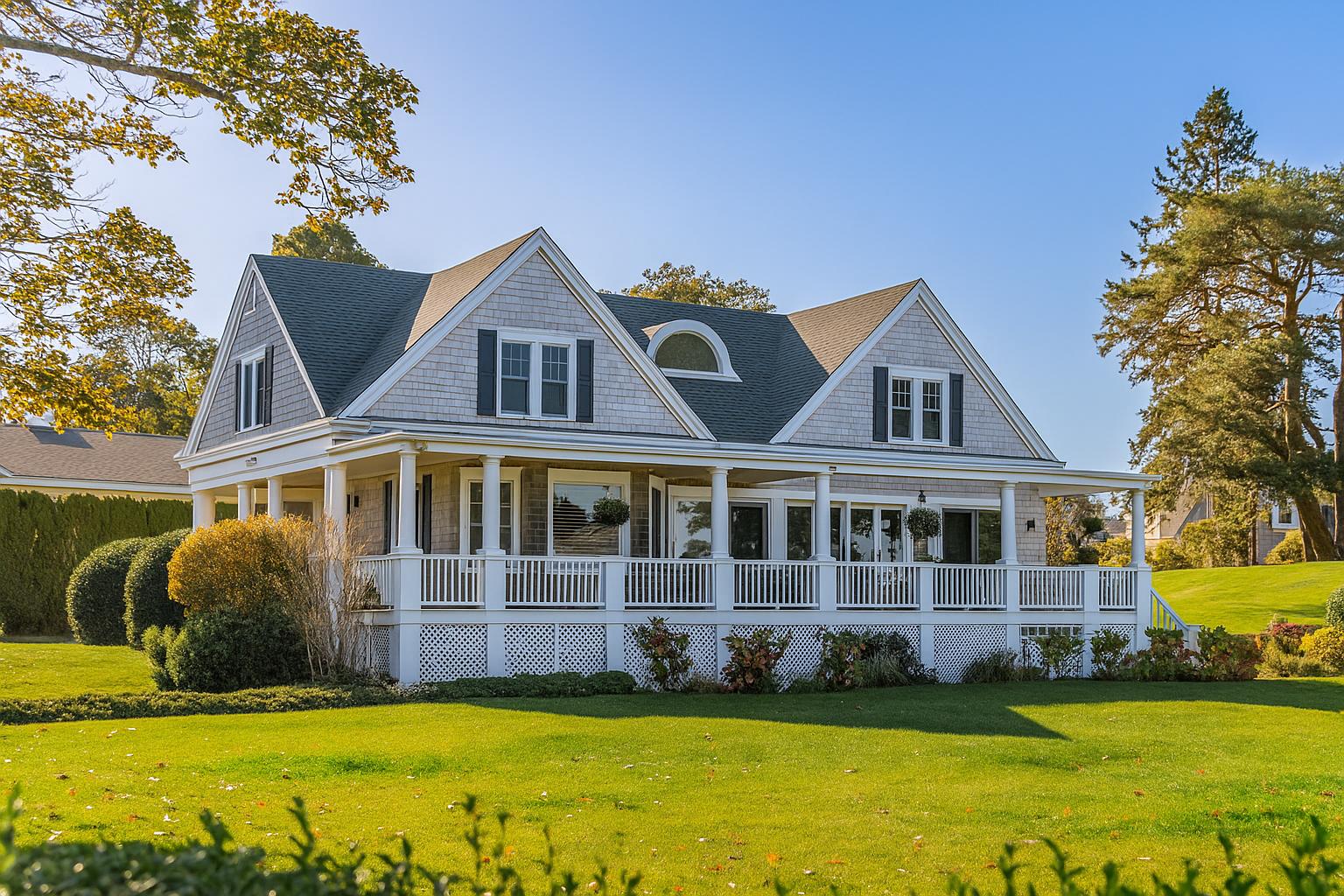
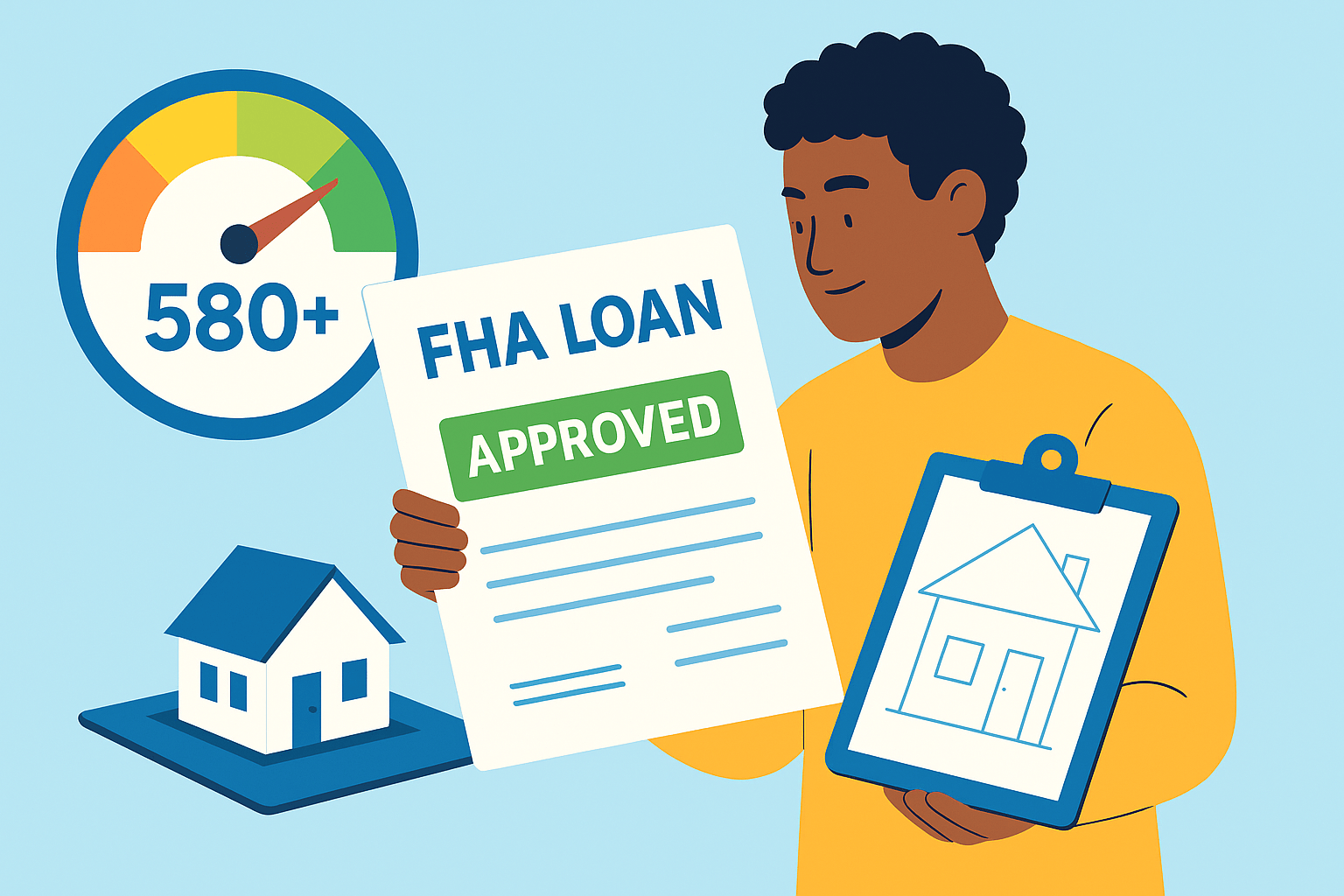
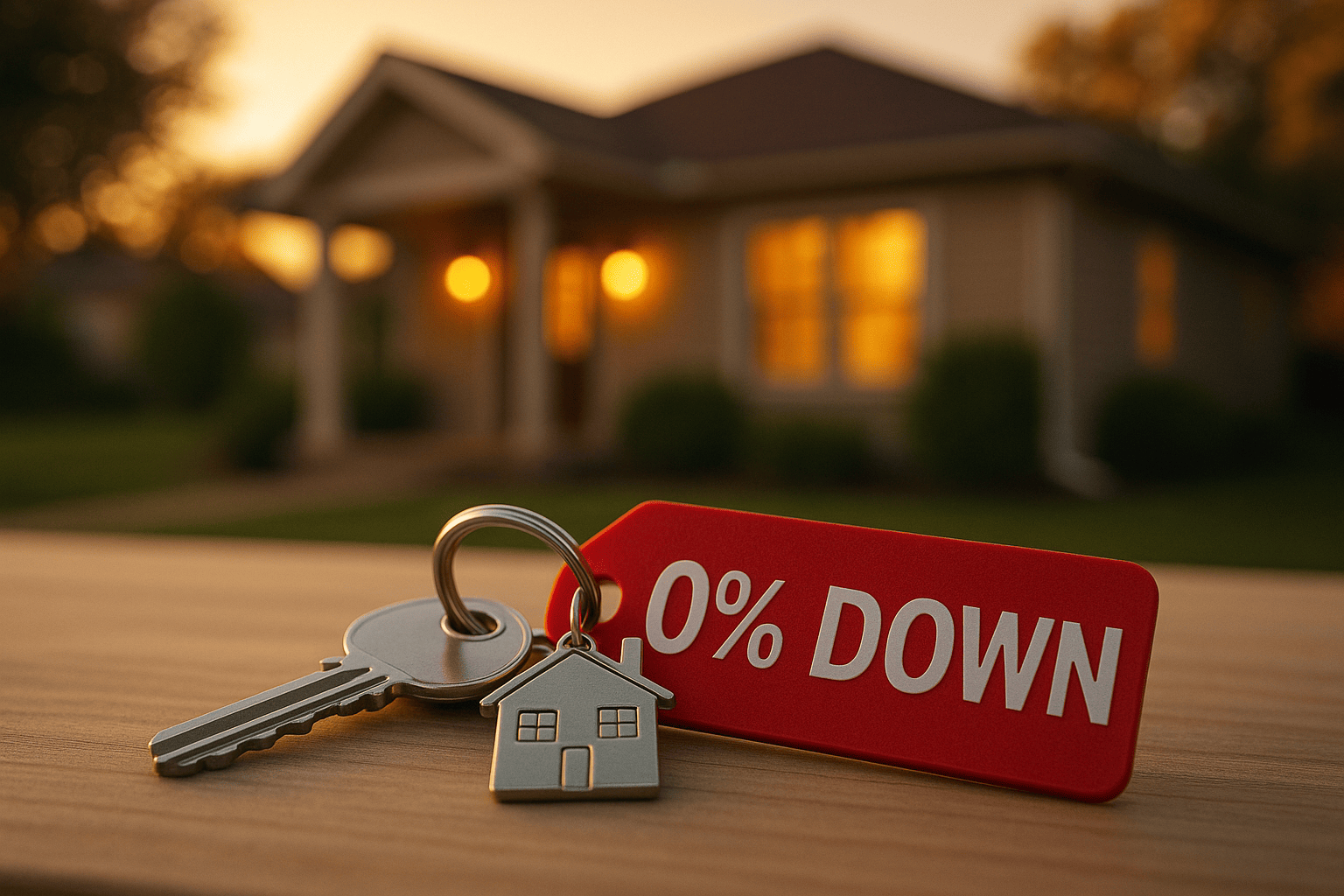
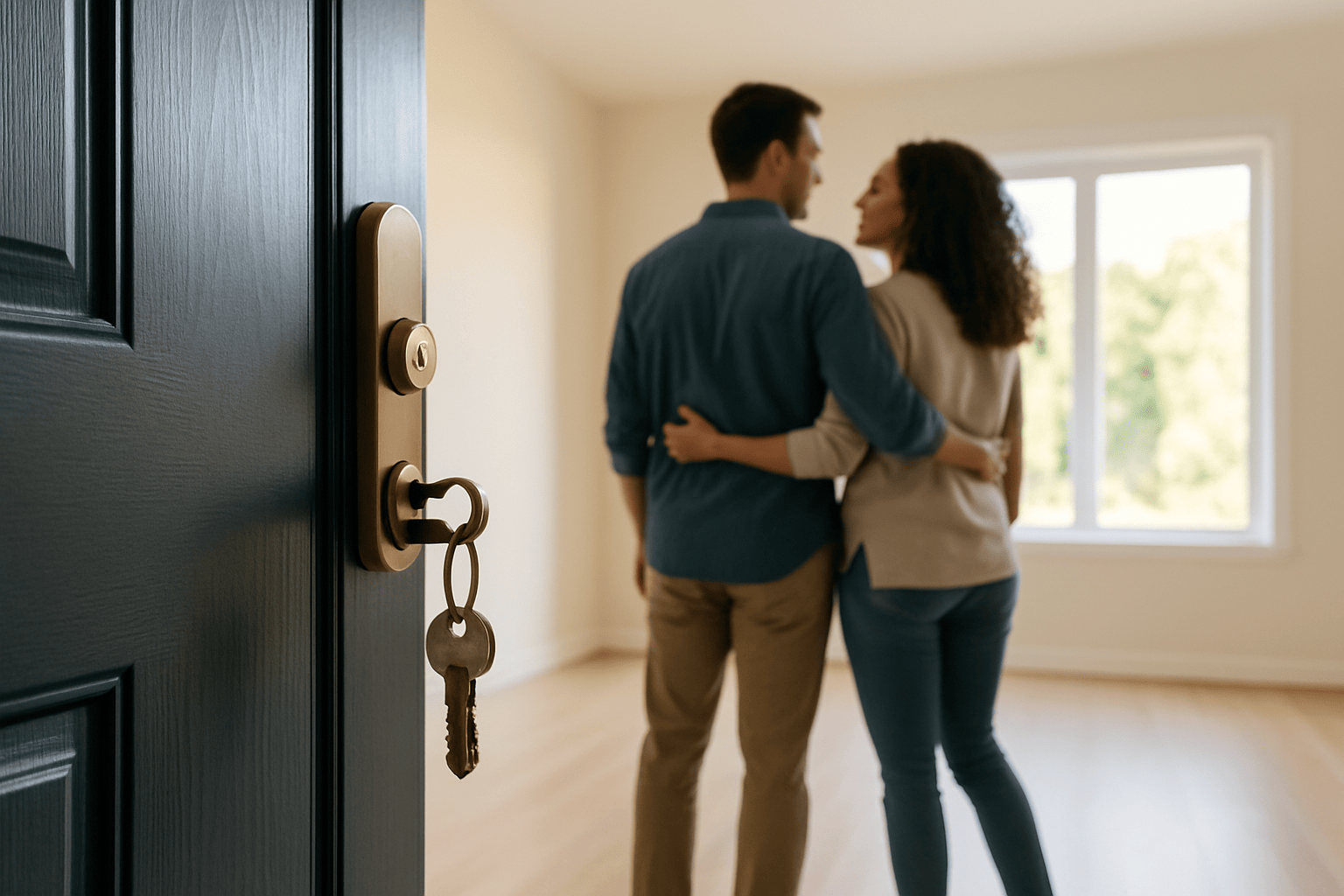
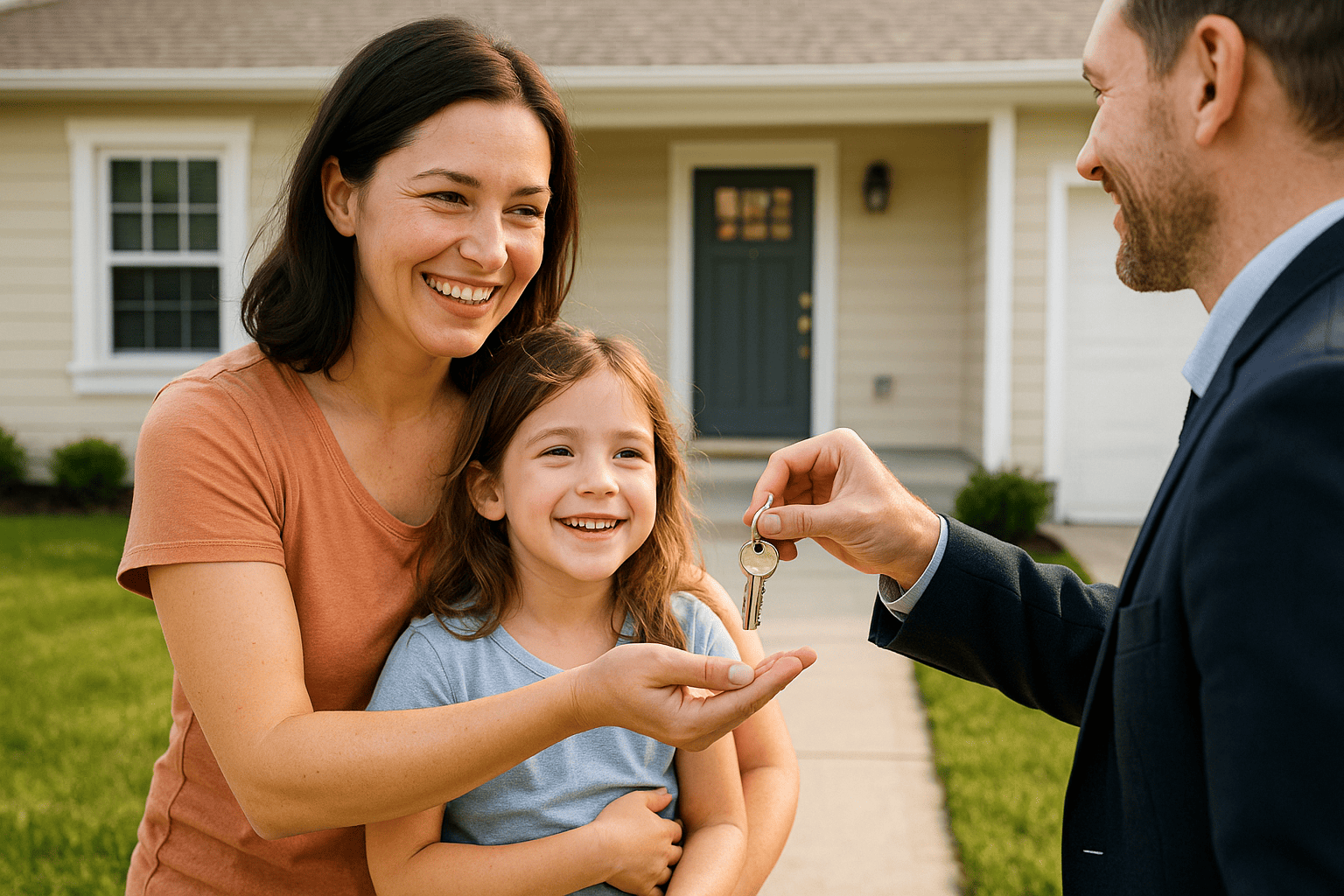


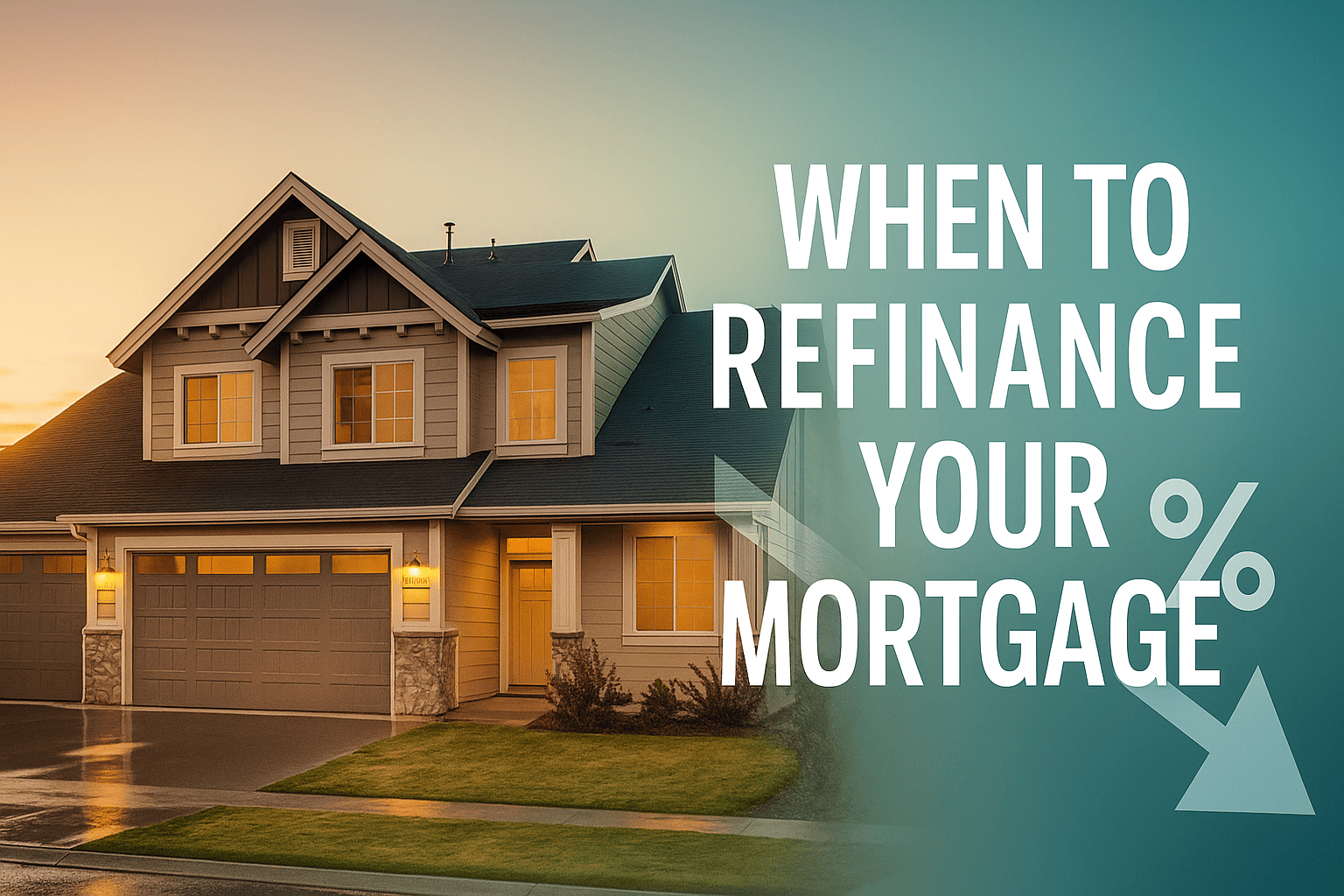
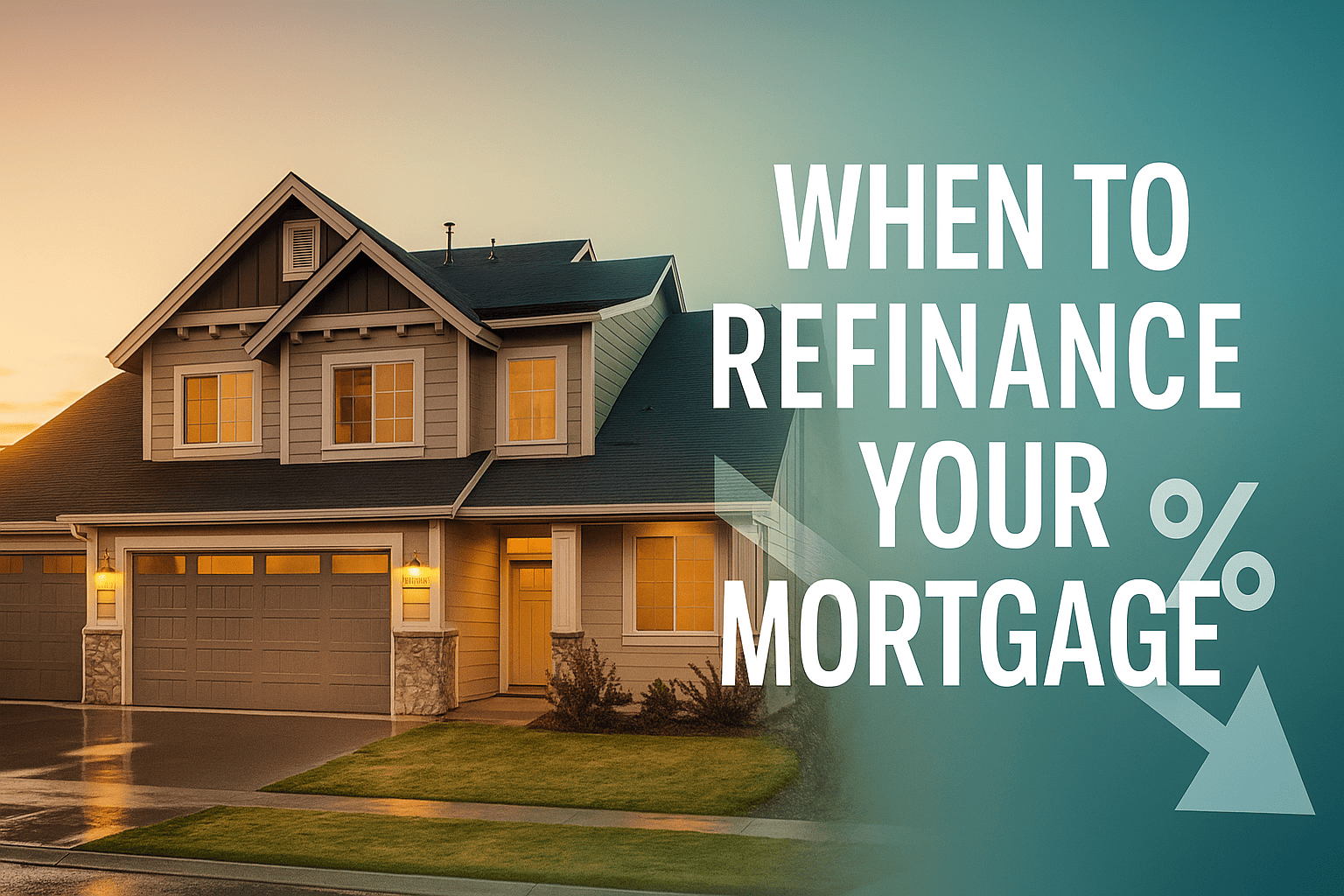


 Profile
Profile Password
Password Saved Properties
Saved Properties Sign Out
Sign Out
 +0.01
+0.01
 -0.15
-0.15

